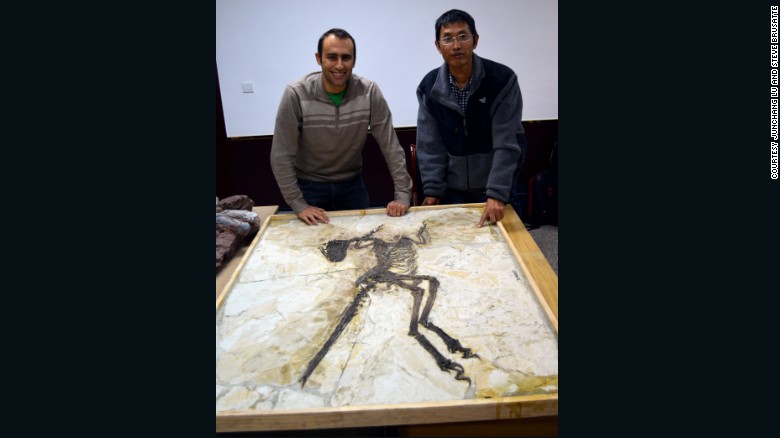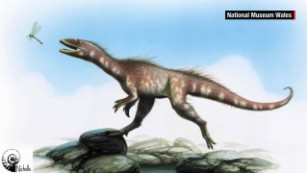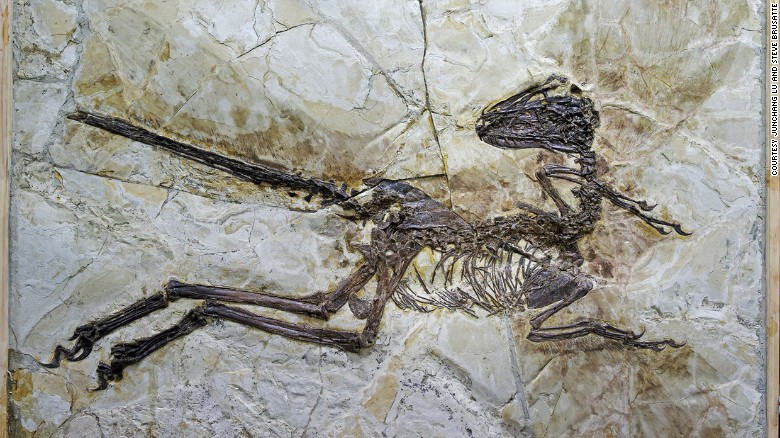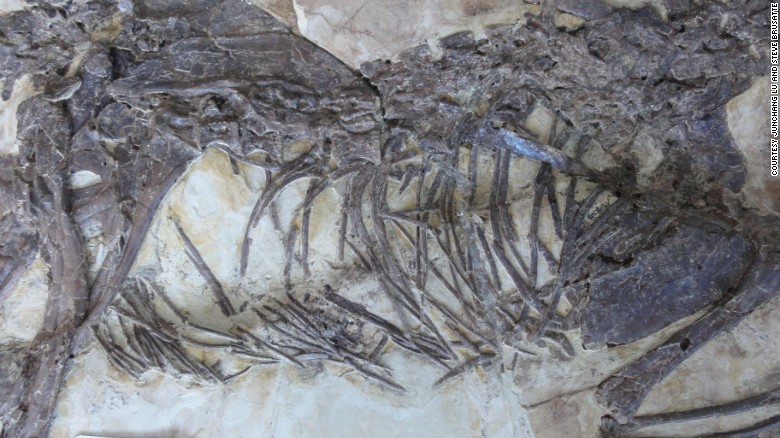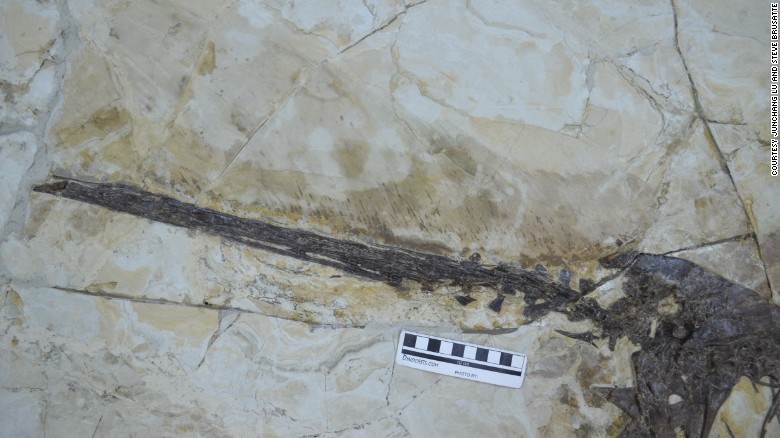China discovers winged, feathered 'dragon' dinosaur
Updated 4:07 AM ET, Fri July 17, 2015, Source
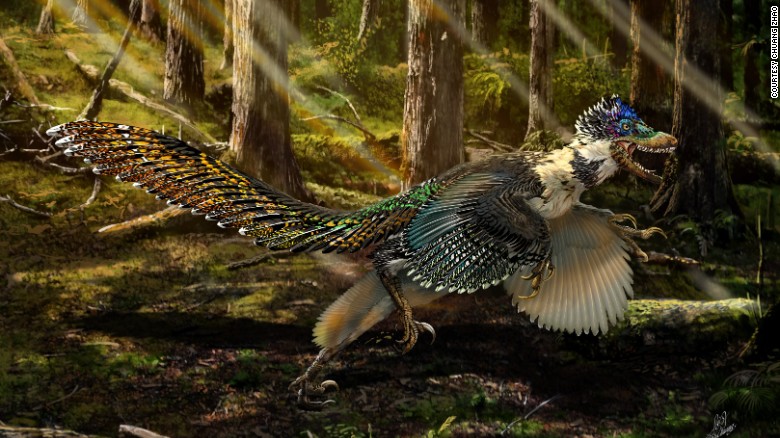
Story highlights
- Fossil of mule-sized dinosaur with wings and feathers found in China
- It's a close relative of the velociraptor
- China has become a treasure trove for dinosaur hunters in recent decades


